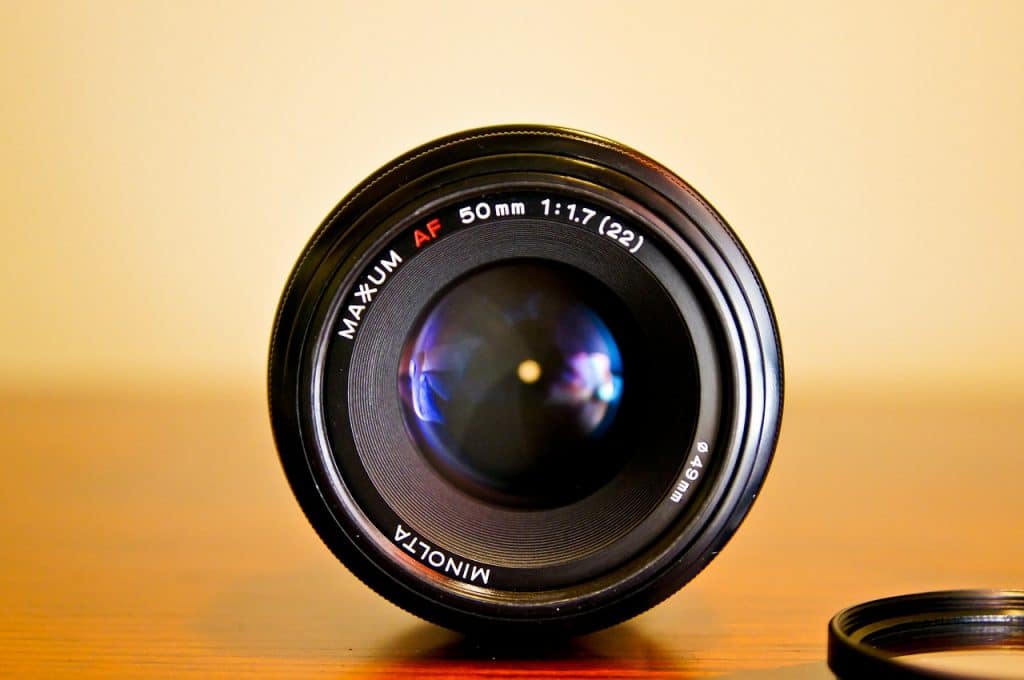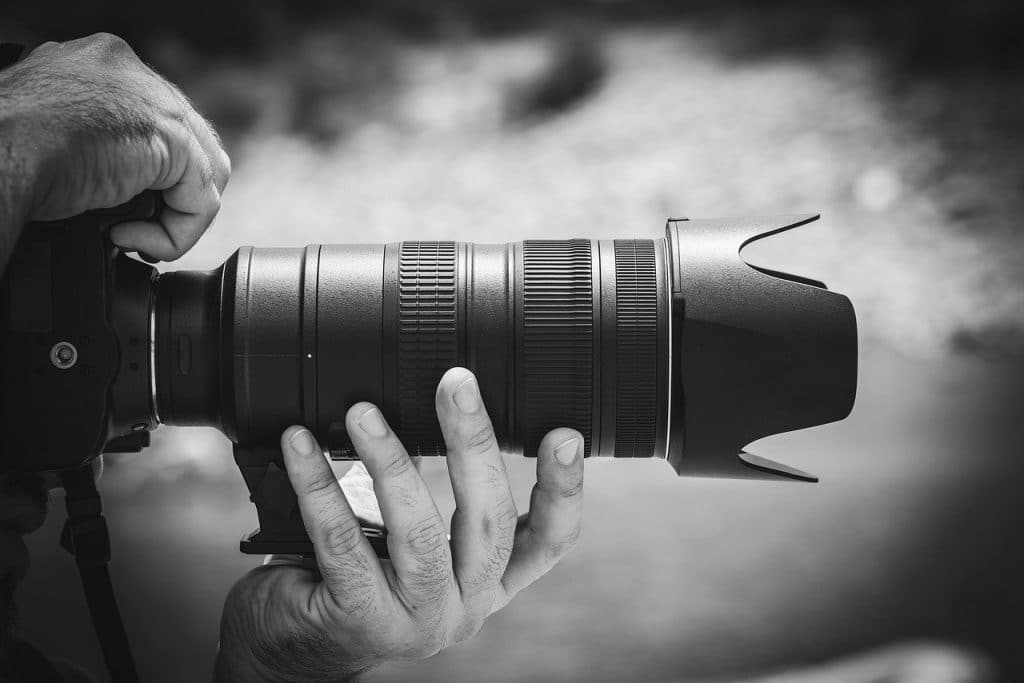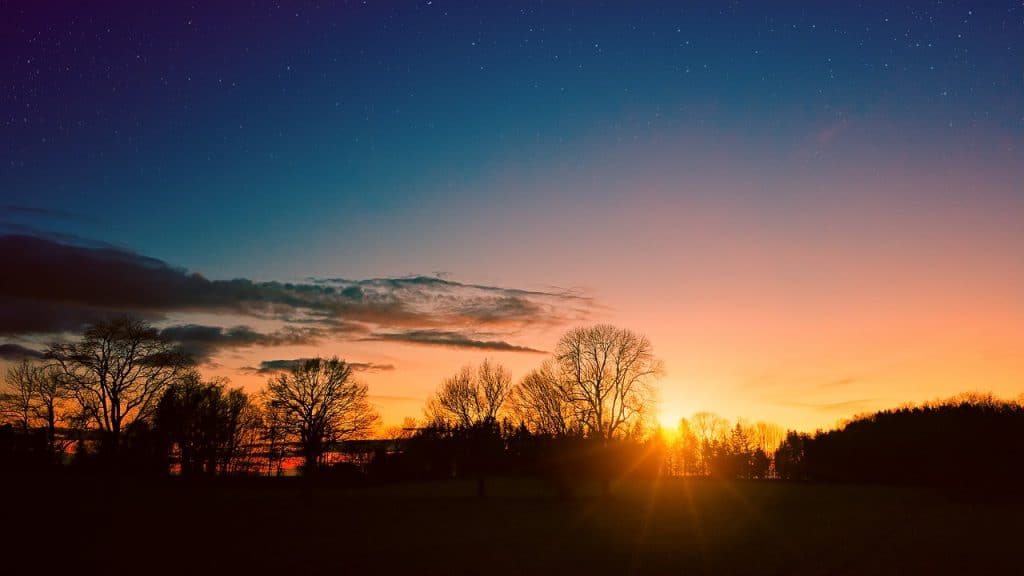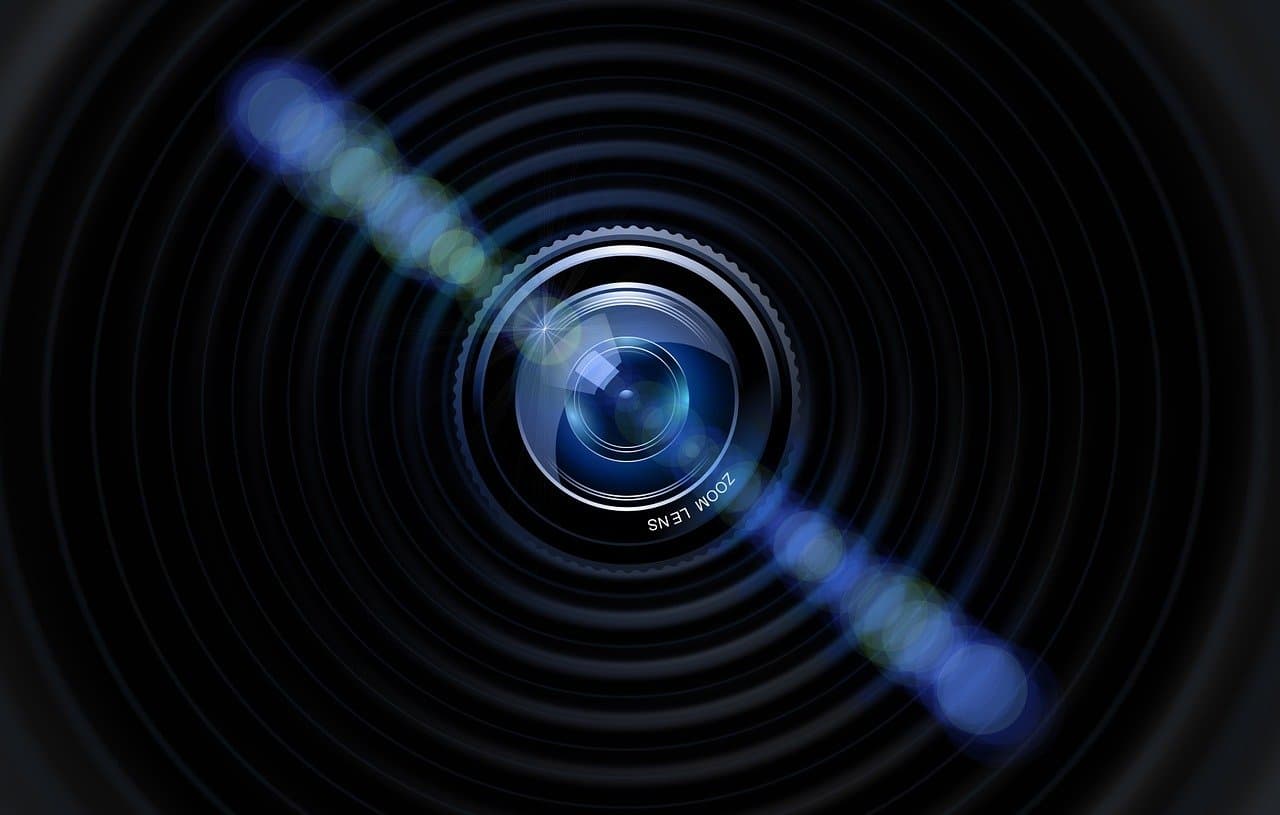Five Reasons to Photograph Landscapes with a 50mm Lens
One of the most popular lenses of all time is the 50mm prime lens, also known as the Nifty Fifty. However, while portrait photographers, event photographers, and street photographers all love shooting with 50mm primes, landscape photographers are less likely to have one in their bag.
And I believe this is a mistake.
I’ve been shooting landscapes with my 50mm f/1.8 lens for the past four years. And it’s been fantastic. I can’t stress enough how useful this little lens is, and I’m not just talking about the price (though it is super cheap).
Beginner landscape photographers will love the Nifty Fifty, and more experienced photographers will appreciate it as well. In this article, I’ll explain why – and hopefully persuade you that using 50mm lenses for landscape photography is a fantastic idea.
So, without further ado, here are five reasons why a 50mm lens is ideal for landscape photography.
50mm lenses allow you to concentrate on what ‘s important

A 50mm focal length is on the short side – it’s not a wide-angle! – but it’s not bad. Landscapes, on the other hand, are often thought of as sprawling scenes with many elements crammed into a single frame.
Do all landscapes, however, necessitate a wide-angle perspective? Can’t we condense the beauty of our surroundings into a more compact package? Yes, I believe so. Without resorting to a sweeping, wide-angle composition, an outdoor scene with rolling hills and an interesting tree, for example, is more than enough to create a thought-provoking image.
When shooting landscapes at 50mm, you are forced to concentrate on the most important aspects of the scene. You might be tempted to photograph everything in one shot – the trees, the rocks, the foreground, and the background – but at 50mm, you simply can’t, and that’s a good thing.
A 50mm lens will teach you to recognize what matters over time. You’ll begin to instinctively remove unimportant elements from your scenes as a result.
Does that make sense?
50mm primes offer outstanding image quality

The best lenses for landscape photography are sharp from corner to corner. After all, landscape photography emphasizes even the smallest details – the texture of autumn leaves, the swirl of sand on the beach – so maximizing resolution pays off.
Fortunately, 50mm prime lenses are extremely sharp, especially for the price. They provide the best bang-for-your-buck sharpness of any lens on the market today, in my opinion.
They’re not perfect wide open, but when stopped down to f/5.6 or so, the image quality is stunning. Narrower apertures, where you’ll be shooting the majority of your landscape images anyway, will still produce excellent results.
Many first-time landscape photographers use kit lenses. And, while these lenses work fine and can produce some stunning images, the sharpness simply isn’t on the same level as a 50mm lens.
50mm primes force you to take your time

You’ll get an added benefit because the 50mm is a prime lens: the single focal length means you can’t just shoot from anywhere. You’ll have to move around instead to find the best angle and distance.
This forces you to think about your shot, which is always a good thing.
With a zoom, you’d probably adjust the focal length without even thinking until the scene was properly framed. However, while you may end up with a good shot, the Nifty Fifty will encourage you to take a chance and try something new, whether it’s a new angle, a different distance, or an unusual perspective.
In fact, if you’re up for it, I’d recommend turning this thought process into a careful routine. Take out your camera and your trusty 50mm prime lens as soon as you spot an interesting subject. Then walk with the viewfinder in front of your eyes. Simply go back and forth around the scene until you’ve tested it from all angles. Get low and even try to find a high vantage point while you’re at it.
You’ll have a better image when you get home (or two, or three). And you’ll improve as a photographer as you’re forced to think about perspective, composition, and focal length.
If you really want to, you can shoot wide-angle scenes

In previous sections, I emphasized the importance of focusing on a single topic and getting more specific. And I still stand by my statement that 50mm is a good focal length for more intimate landscape shots.
However, if you come across a scene that begs for a wide-angle lens, all is not lost. Because a 50mm lens can be used to create wide-angle images…
…with some inventive panorama stitching.
While 50mm isn’t a wide-angle focal length, you can create a panorama by taking several 50mm shots and slowly rotating your camera – which can then be stitched into a wide-angle image in Photoshop.
A Nifty Fifty landscape panorama may even look more dramatic than a single wide-angle shot!
50mm lenses are wonderfully lightweight and compact

If you’re serious about landscape photography, you’re probably already carrying a lot of gear. Camera bodies, additional lenses (do you ever go out with just one lens? ), tripods; the list goes on.
When you’re out and about, the last thing you need is more heavy lenses, right? But did you know that the Canon 50mm f/1.8 lens is only 4.6 ounces (130 g) in weight? It’s also very small, so it won’t take up much room in your camera bag (and you can carry it around in a single pocket if you so desire).
Lightweight lenses provide freedom to many photographers. Picking up your camera backpack and heading out the door is no longer a chore. You can also handhold a lightweight setup without tiring, which is always a plus.
Final words on 50mm landscape photography
Every lens and focal length has advantages and disadvantages, and there is certainly a case to be made for using wider glass. However, the 50mm a prime lens is a great option for landscape photography, especially if you’re a beginner; it will force you to think differently about your photos, free you from the constraints of a heavy setup, and provide you with clear, sharp images with ease.
So, if you don’t already have one, go ahead and get one!
Now it’s your turn:
Which of these reasons for using a 50mm lens for landscape photography appealed to you the most? Do you think you’ll buy one? Please share your thoughts in the comments section below!
Note: If you want to make some adjustments to the photo just let me know. I can do it for you at a very low cost. You can hire me to edit your photo.
LATEST POST
- Best AI tools for Facebook Ads
 If you’re seeking to improve your Facebook advertising strategies, Birch or Revealbot, AdEspresso by Hootsuite, and Zalster are exceptional AI tools that enhance efficiency and maximize ad performance.
If you’re seeking to improve your Facebook advertising strategies, Birch or Revealbot, AdEspresso by Hootsuite, and Zalster are exceptional AI tools that enhance efficiency and maximize ad performance. - Photo Editing Mistakes
 Excessive editing, Oversaturating colors, Blurred images, Too much HDR and Overdoing filters and effects are some of the top photo editing mistakes to avoid for crafting stunning pictures.
Excessive editing, Oversaturating colors, Blurred images, Too much HDR and Overdoing filters and effects are some of the top photo editing mistakes to avoid for crafting stunning pictures. - Best AI tools for lead generation
 Explore Customers.ai, Instantly, Seamless.AI, and LeadIQ are some of the best AI tools for lead generation as they provide you with client’s details for closing deals. Uncover its key features, affordable pricing, and customer reviews.
Explore Customers.ai, Instantly, Seamless.AI, and LeadIQ are some of the best AI tools for lead generation as they provide you with client’s details for closing deals. Uncover its key features, affordable pricing, and customer reviews. - Benefits of Digital Business CardsWhat is a digital business card? Discover the benefits of digital business cards and how to create digital business cards suitable to your professional image and networking efforts.
- Best web design companies in TrivandrumRainx LLP, Oregon Technologies, Redwet Solutions, and Globify Digital Solutions are among the best web designing company in Trivandrum, specializing in website development.









